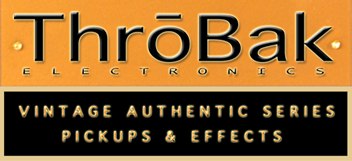Big Al
Well-known member
- Joined
- Apr 24, 2002
- Messages
- 14,543
Well, I didn't say anything like that at all. But it is a fact that they used sandwich bodys and three piece necks etc. in the 70's. That alone makes them poorly made in comparison of a 50's Les Paul. Then I said if you love a guitar then play it. If it feels and sound good it is good. No matter if it is from the 50's 70's or from last week. It's up to the player to decide that.
No you are completely wrong. Typical "facts" recited by those that cannot see beyond 1960. The knock on 70's guitars was always that they were not exactly made like a 50's. They are beautifully made and are quality guitars using quality materials and the construction techniques thought to be superior.
The "fact" is that even today, multilaminate wood solidbody instruments are they top dogs in modern design. The best bass guitars follow this template almost exclusively, like Alembic, and guitars not seeking to emulate vintage designs.
Just because a Les Paul isn't made exactly like a 59 doesn't mean it is inferior, or lesser quality. It only means it isn't a vintage type or replica. A 50' Les Paul has it's own thing going on. Tone and vibe. Best way to get that is vintage or new Gibson replicas.
Don't confuse vintage lust with quality. Sometimes you need to put away the 1959 goggles, open your eyes, ears and mind.




